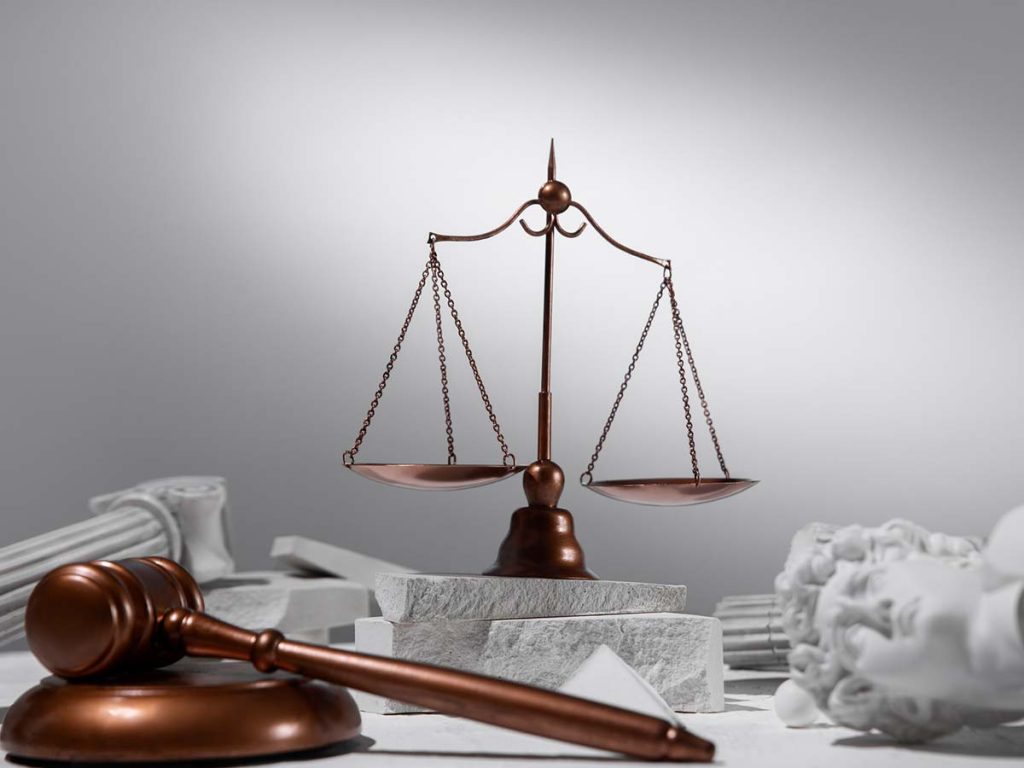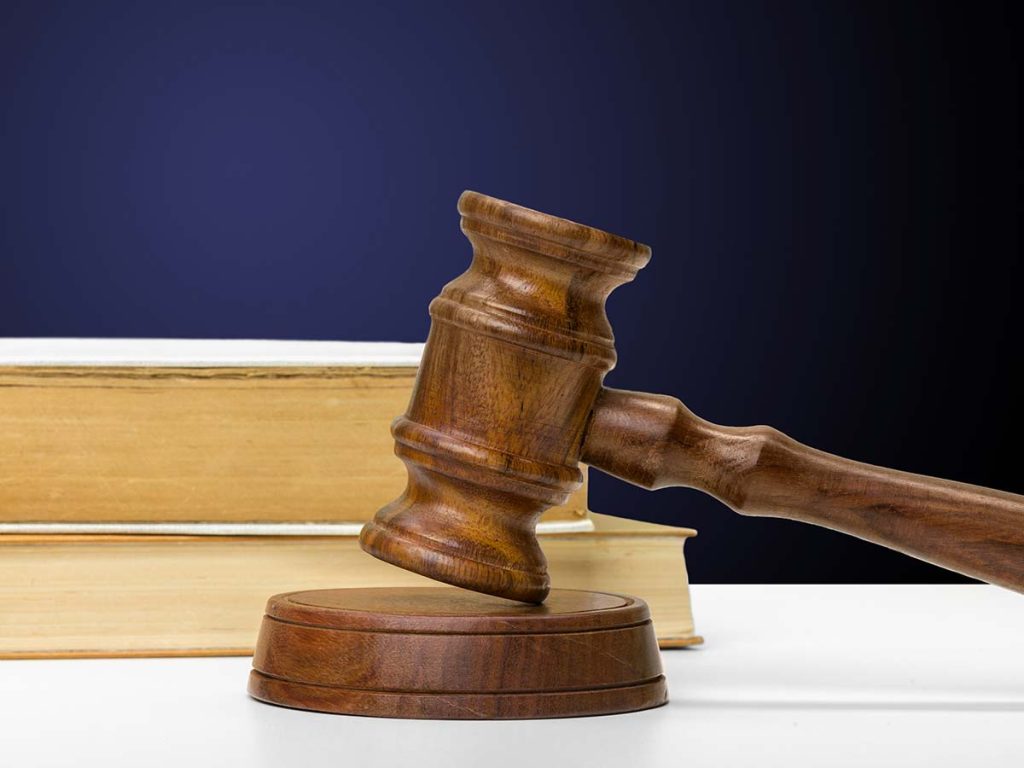When you get injured, we take it personally.
No fees until we win your injury case!
-

Outstanding.
-

Very friendly!
-

Excellent!
How to Prove a Rideshare Driver Was at Fault in an Accident
Being involved in a rideshare accident with an Uber or Lyft driver can be a stressful and confusing experience. Unlike standard car accidents, these cases often involve complicated questions about insurance coverage, the driver’s status, and who is ultimately liable. If you were injured in a motor vehicle accident involving a rideshare driver in Milwaukee, knowing how to prove they were at fault is crucial to recovering fair compensation.
At the Law Offices of Gary S. Greenberg, we help victims navigate the legal challenges that arise after an Uber or Lyft accident. Our experienced personal injury attorneys understand how to gather the evidence necessary to hold rideshare drivers accountable and secure the compensation our clients deserve.

Understanding Rideshare Liability: Who’s Responsible?
To prove a rideshare driver was at fault, it’s essential to understand how Uber and Lyft operate. Unlike traditional taxi services, these companies classify their drivers as independent contractors. This status allows rideshare companies to shift much of the liability away from themselves and onto the drivers. As a result, whether Uber’s insurance or the driver’s personal insurance applies depends largely on the driver’s status at the time the accident occurred.
For example, if the Uber or Lyft driver was not logged into the app, only their personal auto insurance applies. But if they were logged in and either waiting for a ride request or en route to pick up or drop off a passenger, the rideshare company’s liability coverage may be triggered. This could include contingent liability coverage during waiting periods or full liability insurance when actively transporting a passenger. The challenge lies in proving the driver’s status and establishing that they were the at-fault driver.
Collecting Evidence After a Rideshare Accident
Proving fault requires strong evidence. After an accident involving an Uber or Lyft vehicle, it’s crucial to document the accident scene thoroughly. If you are physically able, take photographs of all vehicles involved, including the Uber or Lyft vehicle. Obtain a police report and, if possible, gather witness statements to support your account of the crash. The police report can be a vital piece of evidence that helps in determining liability and confirming the details of the accident.
Additionally, preserving proof of vehicle damage and bodily injury is essential for a successful personal injury claim. Medical records, repair estimates, and photographs help establish the extent of harm caused by the accident. If the rideshare driver’s negligence led to the collision, this documentation will be critical in building your case.
Navigating Complex Insurance Policies
One of the most challenging aspects of an Uber accident claim is dealing with the web of insurance policies involved. Multiple insurance companies may be responsible depending on the specifics of the accident. This includes the rideshare driver’s personal insurance company, Uber’s insurance, and your own insurance provider.
Uber and Lyft maintain substantial liability coverage—often up to $1 million—but only under certain conditions. If the accident occurred while the driver was en route or had a passenger in the vehicle, Uber’s insurance typically provides comprehensive liability insurance, which includes both bodily injury and property damage liability. However, during periods when the driver is only logged into the app without an active ride request, limited insurance coverage may apply. In some cases, your personal insurance or collision coverage may come into play if the other carriers deny or limit their responsibility.
Understanding which policy applies can be frustrating, especially if insurance carriers attempt to shift blame or delay resolution. An experienced personal injury lawyer can help you identify the responsible parties, file the appropriate insurance claim, and ensure that you are not unfairly burdened by medical bills or vehicle damage costs.
Pursuing Fair Compensation for Injuries and Losses
After a rideshare accident, many victims struggle with unexpected medical expenses, lost wages, and long-term physical recovery. If you’ve suffered a serious injury, you may also need time to reach maximum medical improvement—a medical milestone indicating your recovery has stabilized.
Compensation in a personal injury lawsuit may include payment for current and future medical bills, income lost due to missed work, rehabilitation, and pain and suffering. It’s important to track all financial losses, including those tied to your personal injury protection benefits if available. Keeping detailed records will strengthen your case and help you receive fair compensation from the insurance companies involved.
Securing compensation often requires negotiating with multiple insurance providers. Many rideshare accident victims find themselves caught between the rideshare company, the driver’s personal insurance, and their own personal insurance. Working with an experienced personal injury attorney ensures your rights are protected and that no insurer takes advantage of your situation.

When to Call an Experienced Personal Injury Attorney
Filing a personal injury claim after a rideshare accident is rarely straightforward. Uber or Lyft drivers often claim they weren’t at fault, and insurance companies may delay or dispute legitimate claims. Whether you’re facing unpaid medical bills, vehicle damage, or difficulty identifying the correct insurance coverage, professional legal help can make all the difference.
At the Law Offices of Gary S. Greenberg, our experienced personal injury lawyers know how to investigate rideshare accidents, determine liability, and pursue the compensation you need to move forward. We represent clients injured in Uber and Lyft accidents across Milwaukee and Wisconsin and fight tirelessly to hold negligent drivers and rideshare companies accountable.
Learn more about how to prove a rideshare driver was at fault in an accident. Call the Law Offices of Gary S. Greenberg at (414) 271-7007 to schedule your free, no-obligation consultation. You can also reach us anytime through our contact page. Let us help you take the first step toward justice and recovery.
FAQs: How to Prove a Rideshare Driver Was at Fault in an Accident
What should I do immediately after a rideshare accident in Milwaukee?
Seek medical attention right away, even if you don’t feel injured. Then, report the accident to the police, gather contact information from all parties involved, and take photos of the accident scene.
Can I sue Uber or Lyft directly after an accident?
In most cases, you cannot sue Uber or Lyft directly since their drivers are considered independent contractors. However, you can pursue compensation through their insurance policies under specific conditions.
How do I know which insurance company is responsible?
Responsibility depends on the driver’s status at the time of the crash. If they were active in the app (waiting for a ride request, en route, or transporting a passenger), Uber or Lyft’s insurance may apply.
What compensation can I recover after a rideshare accident?
You may be entitled to damages for medical bills, lost wages, vehicle repairs, and pain and suffering. An experienced personal injury lawyer can help you determine the full value of your claim.
How long do I have to file a personal injury lawsuit in Wisconsin?
You generally have three years from the date of the accident to file a claim, but it’s best to consult a lawyer as soon as possible.







